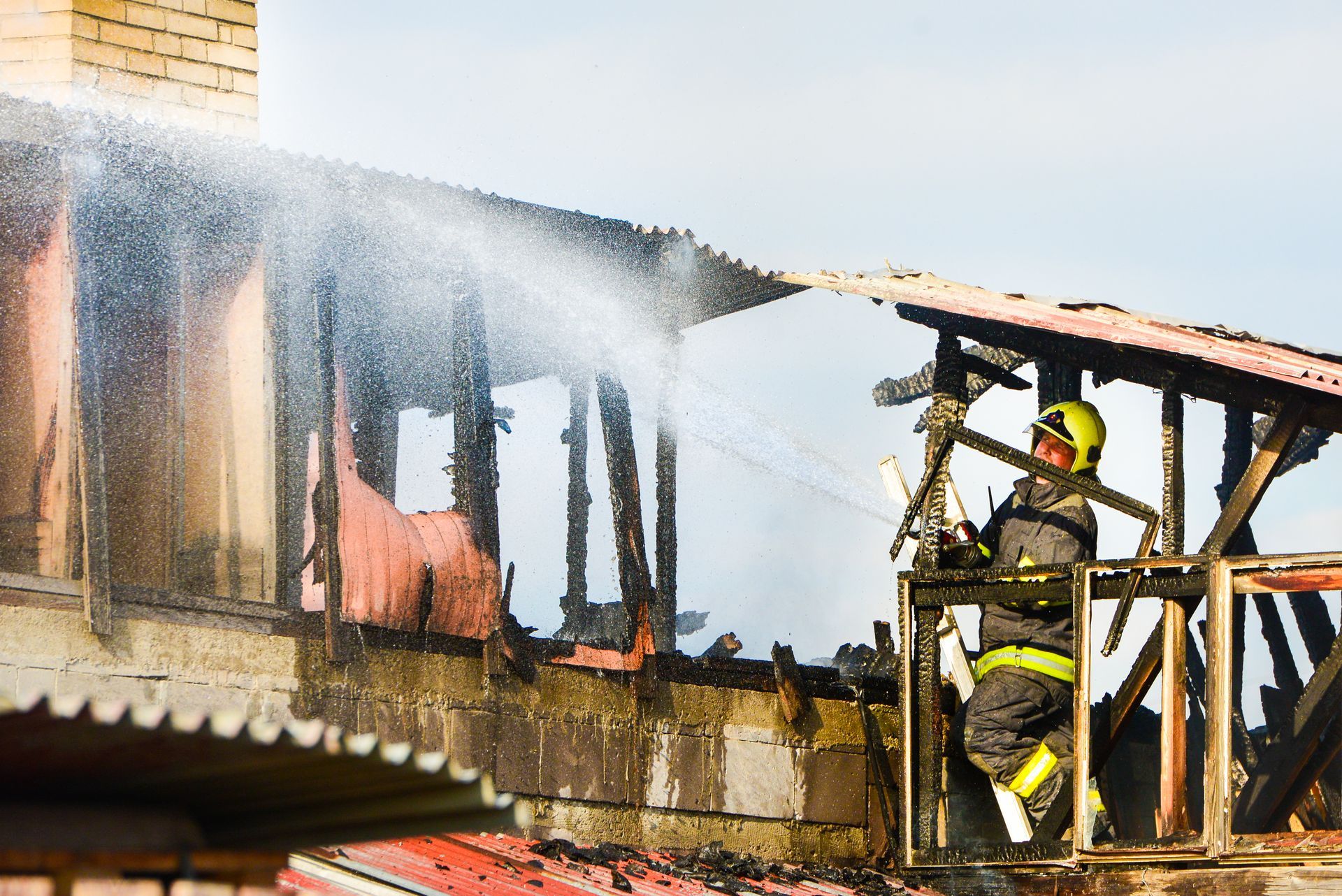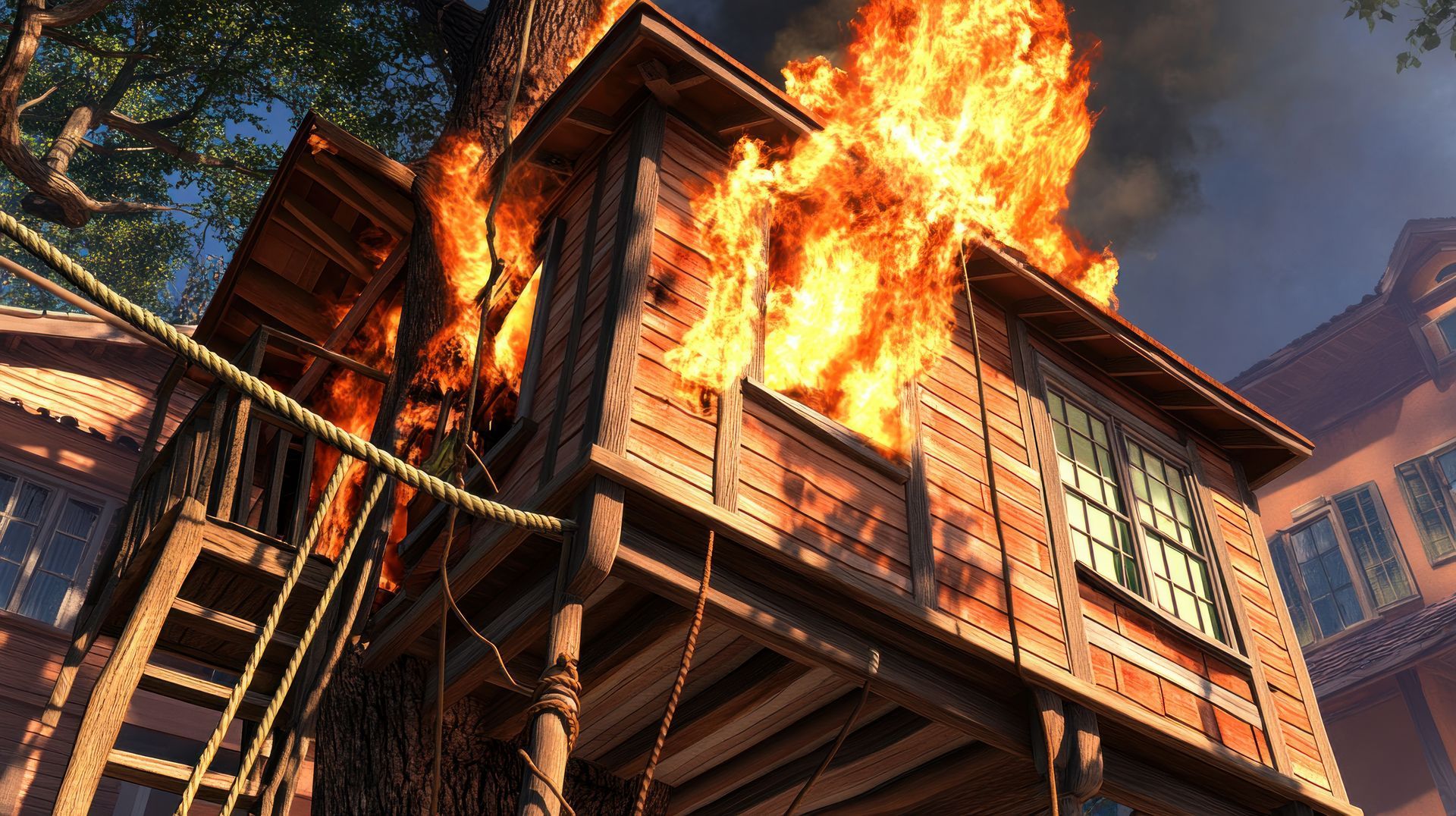Introduction
Fire can be devastating, leaving behind more than just physical destruction. One of the most insidious consequences of a fire is the potential for mold growth, which can begin almost immediately in damp environments. As homeowners in Denver, CO, grapple with the aftermath of a fire, understanding how to address mold issues becomes imperative for both health and property preservation. This comprehensive guide will delve into effective strategies for tackling mold problems post-fire, ensuring that your home can return to a safe and habitable state.
Understanding Fire Damage and Its Aftermath
What Happens to Your Home During a Fire?
When a fire engulfs a building, it doesn't just burn away materials; it alters the very structure of your home. The intense heat can cause materials such as wood and drywall to warp or weaken. Additionally, smoke and soot leave residues that require careful cleaning. It’s important to understand these effects before proceeding with restoration efforts.
The Role of Water in Fire Restoration
During firefighting efforts, large amounts of water are often used to extinguish flames. While this is essential for saving lives and preventing further damage from spreading, it creates an environment ripe for mold growth. Mold thrives in moist conditions, making the aftermath of a fire particularly concerning.
Mold: A Hidden Danger Post-Fire
Why Is Mold a Concern?
Mold spores are present everywhere in the environment; however, when they find moisture and organic material—like wood or drywall—they can proliferate rapidly. After a fire, homes are often left with hidden moisture pockets that become breeding grounds for mold.
Health Risks Associated with Mold Exposure
Exposure to mold can lead to various health issues ranging from allergy-like symptoms to more severe respiratory problems. People with pre-existing conditions such as asthma are particularly vulnerable.
Addressing Mold Issues Post-Fire: Key Steps Every Homeowner Should Take
Step 1: Assessing Damage Immediately After the Fire
It's crucial to take stock of what you’re dealing with as soon as it’s safe to do so. Conducting an initial inspection will help you identify areas likely affected by both fire damage and subsequent water exposure.
Step 2: Contact Fire Restoration Experts in Denver, CO
While some homeowners might be tempted to tackle restoration on their own, hiring professionals specializing in fire restoration is vital. A qualified fire restoration contractor has the tools and expertise necessary to handle both visible damage and hidden threats like mold effectively.
Conducting a Thorough Inspection for Mold Presence
Where Should You Look for Mold?
Mold typically grows in damp areas. Check:
- Attics Basements Behind walls Under carpets In air ducts
Signs of Mold Growth You Should Not Ignore
Be vigilant about signs such as:

- A musty odor Discoloration on walls or ceilings Peeling or bubbling paint
Creating a Safe Environment During Cleanup
Protective Gear Matters
When dealing with potential mold contamination after a fire, always wear protective gear:
- N95 masks Gloves Goggles
Ventilation Is Key
Ensure proper ventilation in your workspace while cleaning up debris and addressing mold issues.
Mold Remediation Techniques You Can Trust
Professional vs. DIY Remediation: What Works Best?
While some small patches of mold might be managed by homeowners themselves (think bleach solutions), more extensive infestations necessitate professional intervention.
Key Reasons to Hire Professionals
Expertise: Detailed knowledge about mold types. Equipment: Access to advanced tools. Safety: Proper handling procedures minimize health risks.Cleaning Up Fire Residues Without Spreading Mold Spores
Use Appropriate Cleaning Solutions
Employ specific cleaning agents designed for soot removal that won't exacerbate moisture issues.
How To Clean Different Surfaces Safely?
Different surfaces require varying approaches:

| Surface Type | Cleaning Method | |------------------|------------------------------| | Wood | Mild detergent & water | K&D Development fire restoration | Walls | Vinegar solution | | Carpets | Professional steam cleaning |
Preventing Future Mold Growth After Restoration
Dry Everything Thoroughly
After cleanup, ensure all areas are completely dried using dehumidifiers or fans—this is critical in preventing future outbreaks.
Consider Upgrading Your Insulation
Investing in better insulation materials can help control moisture levels within your home post-restoration.
Checking HVAC Systems for Contaminants After Fire Damage
Your heating and cooling systems may harbor soot or mold spores post-fire; consider having them inspected by professionals experienced in fire restoration.
Long-Term Monitoring Strategies After Restoration Efforts
Once your home is restored, implement ongoing monitoring strategies such as:
- Regular inspections Humidity control measures
These practices help mitigate future risks associated with mold growth after fires.
FAQs About Addressing Mold Issues Post-Fire
1. How quickly does mold start growing after water exposure?
Mold can begin forming within 24 hours if conditions are suitable (moisture + organic material).
2. Can I remove small amounts of mold myself?
Yes! For minor patches (less than 10 square feet), you may use household cleaners but take precautions like wearing masks and gloves.
3. When should I call a professional?
If you notice extensive growth or if you're unsure about how much damage there is—always err on the side of caution!
4. What does fire restoration involve?
Fire restoration encompasses assessing damages from flames/smoke/water exposure followed by cleaning, repairing structural elements/systems affected.
5. How much does professional remediation cost?
Costs vary significantly based on damage extent but expect anywhere from $500-$6,000 depending on factors like size/location/state regulations etc., so consult local contractors!
6. Can I prevent future fires from causing similar water/mold issues?
Absolutely! Regular maintenance checks on electrical appliances/breakers combined with proper installation practices reduce risks immensely!
Conclusion
Addressing mold restoration issues post-fire isn’t just about cleaning up; it's about ensuring safety and preserving your home's integrity long-term. Homeowners should always prioritize contacting experienced professionals specializing in fire restoration services such as those found throughout Denver, CO—after all, nothing beats expertise when it comes down to protecting what matters most! By following these key steps outlined above regarding "Addressing Mold Issues Post-Fire," you’ll pave the way toward a healthier living environment while mitigating risks associated with future disasters!